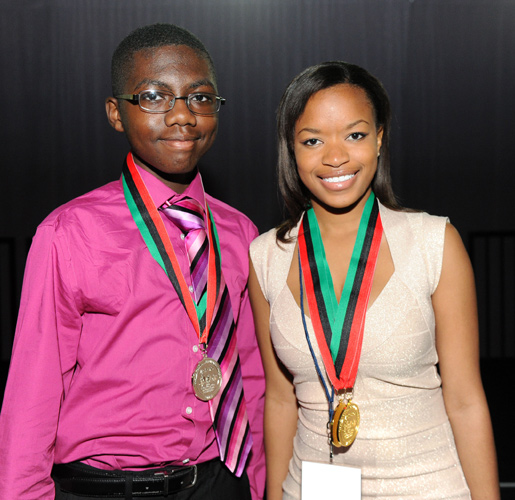Mathematics
The science of numbers and their operations, interrelations, combinations, generalizations, and abstractions of spaced configurations and their structure. Development of formal logical systems or various numerical and algebraic computations, and the application of these principles.
Projects in this category could involve calculus, geometry, number theory, statistics, complex analysis, probability, etc.
Requirements:
- Only one (1) project can be entered per competition.
- Submit six (6) copies of a double- spaced scientific paper to accompany the project to be submitted. The content of the paper, which should not exceed five (5) pages, should include: a short introduction describing the background and purpose of the work, an experimental section including both methods and results, and a concluding section discussing the results and their implications. Tables, graphs, charts, maps, photographs, raw statistical data, etc. should be included whenever possible. They must also include references used and acknowledgments of any individuals who served as direct academic resources. The student’s name, page number, and unit name and number must be on the top of each page. Supporting documents must be submitted with the scientific paper.
- The contestant is to make an oral presentation (minimum 5 minutes). This time limit does not include the time required for the judge’s questions and contestants to respond.
- Contestants are responsible for providing their own equipment.
- Contestants must provide a display board for each qualifying entry. No display boards are permitted to appear in more than one competition. Additionally, the content of each display board must be relevant to the competition. Items used for demonstrations can be transferred if needed.
- The NAACP ACT-SO Program will provide electrical power and display tables upon request
- Contestants must submit a STEM Verification Form from a qualified scientist or science teacher with an earned professional degree or license. This person can also serve as a coach, working closely with the student during the course of the project to ensure the accuracy of the student’s research and qualifications for entry.
STEM projects will be judged by the following criteria:
- Quality of Research
- Scientific Approach/Method (20)
- Validity of Information (10)
- Validity of Conclusion(s) (10)
- Depth of Understanding Oral Presentation
- Knowledge Gained and Creativity (20)
- Thoroughness & Individual Work (20)
- Written Report (10)
- Visual Presentation (10)



